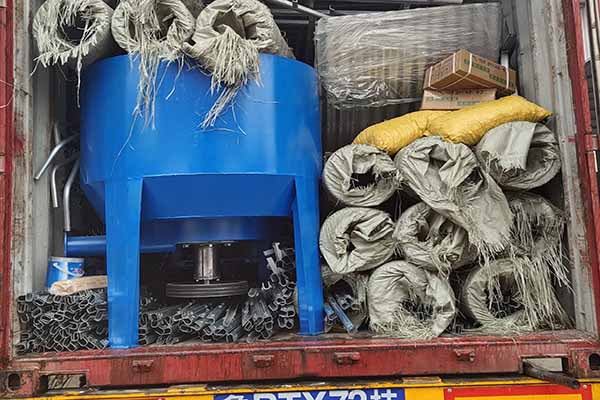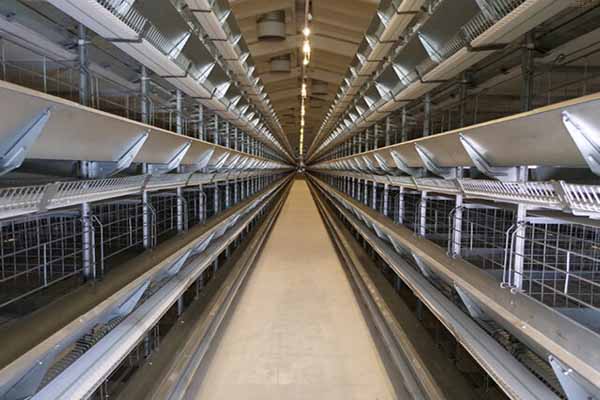Data Analysis Training for Chicken Farming Equipment in Kenya: Enhancing Efficiency and Productivity
Time : 2025-06-28
Data analysis plays a crucial role in modern agriculture, and chicken farming in Kenya is no exception. As the demand for high-quality chicken products grows, the industry is increasingly relying on advanced farming equipment and data-driven insights. This article aims to provide an overview of data analysis training programs specifically designed for chicken farming equipment in Kenya, focusing on enhancing efficiency and productivity. By understanding the importance of data analysis in chicken farming, farmers can make informed decisions, optimize operations, and ultimately increase their profitability.
Understanding Data Analysis in Chicken Farming
Data analysis in chicken farming involves collecting, processing, and interpreting data to gain insights that can drive improvements in farm operations. This includes monitoring various parameters such as feed intake, weight gain, mortality rates, and environmental conditions. By analyzing this data, farmers can identify trends, patterns, and potential areas for improvement.

Importance of Data Analysis in Chicken Farming Equipment
Chicken farming equipment, such as feeders, drinkers, lighting systems, and automation systems, generates vast amounts of data. Effective data analysis can help farmers optimize the use of this equipment, leading to increased efficiency and productivity. Here are some key benefits:
- Improved Feed Conversion Ratios: By analyzing feed intake data, farmers can identify the most effective feeding strategies, reducing feed waste and lowering costs.
- Enhanced Growth Rates: Monitoring weight gain data allows farmers to identify optimal growth patterns and adjust feeding, housing, and other factors accordingly.
- Reduced Mortality Rates: Analyzing mortality rates and identifying the underlying causes can help farmers implement effective disease control and biosecurity measures.
- Optimized Environmental Control: Analyzing environmental data such as temperature, humidity, and air quality can help farmers ensure optimal conditions for their chickens, leading to better health and performance.
Data Analysis Training Programs in Kenya
Kenya has several data analysis training programs aimed at chicken farmers. These programs provide the necessary skills and knowledge to effectively utilize data analysis in chicken farming equipment. Here’s an overview of some of the key programs:

1. Kenya Agricultural Research Institute (KARI)
KARI offers training programs on data analysis for chicken farming. These programs cover various aspects, including data collection, processing, and interpretation. Participants learn how to use advanced software tools and techniques to analyze data from chicken farming equipment.
2. International Livestock Research Institute (ILRI)
ILRI provides training on data analysis, specifically tailored to chicken farming. The program focuses on using data to improve farm operations, including feed efficiency, growth rates, and disease management. Participants gain hands-on experience with data analysis tools and techniques.
3. Kenya Institute of Curriculum Development (KICD)
KICD offers vocational training on data analysis for agriculture, including chicken farming. The program equips participants with practical skills in data collection, processing, and interpretation, as well as the use of agricultural software tools.
Implementing Data Analysis in Chicken Farming Equipment
Once farmers have received data analysis training, the next step is to implement the knowledge in their chicken farming operations. Here are some key steps to get started:
1. Data Collection and Storage
Ensure that all relevant data from chicken farming equipment is collected and stored in a secure, accessible location. This may involve using databases, spreadsheets, or specialized software.
2. Data Analysis
Utilize data analysis tools and techniques to identify trends, patt erns, and potential areas for improvement. This may involve statistical analysis, data visualization, and machine learning algorithms.
erns, and potential areas for improvement. This may involve statistical analysis, data visualization, and machine learning algorithms.
3. Decision Making
Based on the insights gained from data analysis, make informed decisions regarding farm operations. This may include adjusting feeding strategies, improving environmental conditions, or implementing disease control measures.
4. Monitoring and Evaluation
Continuously monitor the results of your decisions and evaluate their impact on farm operations. This will help you refine your strategies and improve efficiency over time.
Conclusion
Data analysis training for chicken farming equipment in Kenya is essential for enhancing efficiency and productivity in the industry. By understanding the importance of data analysis and implementing the knowledge gained from training programs, farmers can make informed decisions, optimize operations, and ultimately increase their profitability. As the demand for high-quality chicken products continues to grow, investing in data analysis training is a wise decision for any chicken farmer in Kenya.











